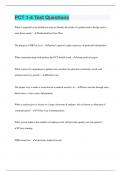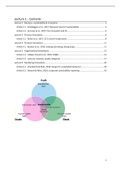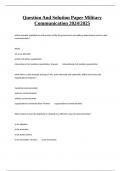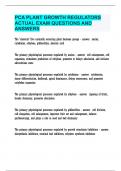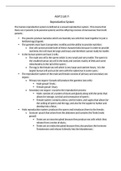Other
Biopsychology: A Level AQA Psychology Paper 2 Detailed Notes
- Module
- Biospsychology
- Institution
- AQA
Very detailed notes for A Level AQA Psychology Biopsychology topic for Paper 2. Examples of evaluative answer points and explanation/ describe answer points. Some provided in full sentences, some purely in note form. Do not rely solely on this document to revise, but it is extremely helpful in rece...
[Show more]




